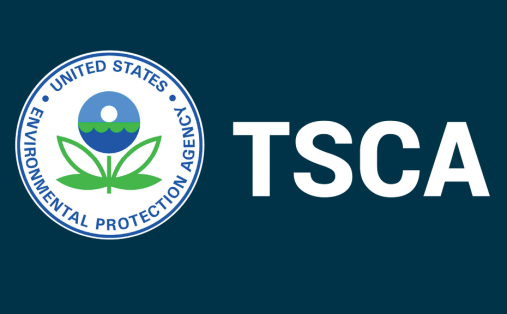The chemical industry is accelerating forward on a path towards sustainability with an ultimate objective of circularity. Circularity, with regard to the economy and business, is aimed at the reduction and eventual elimination of waste. It involves optimization and re-engineering of manufacturing processes and products so that resources can be preserved and by-products can be reused. It essentially creates closed loop systems where all outputs become inputs. Circularity, with its economic, social, and environmental benefits, will be crucial as demand for resources continues to increase along with the ever-growing world population.
Sustainable alternatives to disposal are becoming more prevalent in the chemical industry and in manufacturing. Businesses are developing ways to reclaim, recycle, reduce, and reuse many materials that have historically been disposed of through traditional treatment technologies. Relatedly, companies are more open to utilizing secondary market raw materials in lieu of virgin chemicals in their processes. This paradigm shift results in many benefits, including cost reduction, waste reduction, natural resource preservation, and movement towards circularity.
The state, federal, local and international regulatory implications of reusing a by-product (or a fraction thereof) need to be carefully accounted for before a by-product is introduced into commerce as a “chemical substance.” By-products (solid wastes) are strictly regulated by the United States Environmental Protection Agency (USEPA) under the Resource Conservation and Recovery Act (RCRA) and State Regulatory Agencies. There are mechanisms outlined by the USEPA and State Agencies that allow by-products to be removed from RCRA oversight when reused or reclaimed. In the United States, once a chemical substance (or mixture of chemicals) is intended to be “manufactured” and sold in commerce, it becomes regulated by the provisions set forth by the Toxic Substances Control Act (TSCA). In the case of by-products, the act of recategorizing a solid waste to a chemical substance in the United States is considered the commencement of “manufacturing” by TSCA. Hence, all TSCA requirements must be accounted for prior to permitting a by-product to be used as a chemical substance in commerce.
The process of complying with all of the requirements set forth by TSCA may be simple or complex depending on the chemical substances that are being offered into commerce. Section 8 (b) of the Toxic Substances Control Act (TSCA) requires the USEPA to “compile, keep current and publish a list of each chemical substance that is manufactured or processed, including imports,” in the United States for uses under TSCA. This list is commonly referred to as the “TSCA Inventory”. If a chemical substance is “existing” on the TSCA Inventory, the USEPA has already reviewed and approved that substance for use within the United States. Section 5 of TSCA requires anyone who plans to manufacture a “new” chemical substance (not on the TSCA Inventory) to provide the USEPA with a Premanufacture Notice (PMN) a minimum of 90 days before beginning manufacturing. The PMN initiates the review of the “new” chemical substance. The USEPA has the authority to limit production of, limit the uses of, or completely outlaw any chemical substance that is deemed to be unsafe. In addition, the USEPA, at their discretion, may require additional testing and studies performed on new chemical substances. A full summary of TSCA, the current TSCA Inventory, TSCA exclusions and exemptions, the PMN process, and contact information for the USEPA can be found at https://www.epa.gov/tsca-inventory.
Sustainably reusing by-products involves due diligence to ensure that the intended uses are safe for human health and the environment. Awareness of, and compliance with, all of the applicable regulations at each step of the journey towards circularity provides the tools and oversight to accomplish environmental goals safely and effectively.

